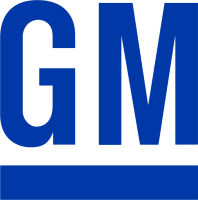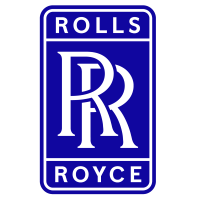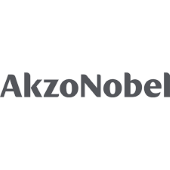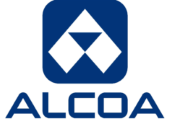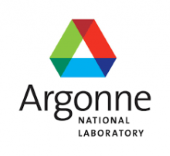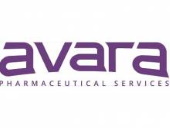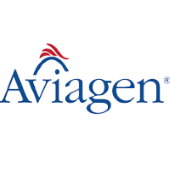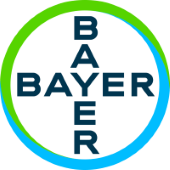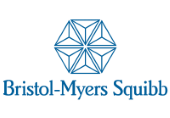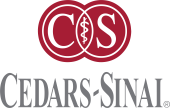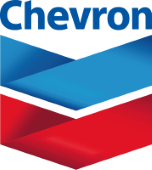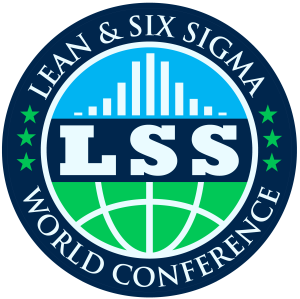 |
|  |
|
ABSTRACT The Toyota Production SystemIndustry: Not Industry Specific Keywords: TPS;Toyota Production System;Just In Time; JIT;Jidoka;Heijunka;kanban Level: Basic LinkedIn: https://www.linkedin.com/in/nicolesnurkowski/ Exploring the Essence of the Toyota Production System. The Toyota Production System (TPS) is a pioneering approach to manufacturing and process improvement. It originated in Japan but has since become a global benchmark for efficiency and quality. At its core, TPS is represented by a simple yet profound analogy – that of a house. This house comprises three vital components: the foundation, the pillars, and the roof. 1. The Foundation - Heijunka, or "level loading," is the foundation of TPS. It seeks to maintain a consistent, steady production flow, avoiding disruptions and enabling proactive problem-solving. By smoothing production levels and reducing peaks and valleys, Heijunka enhances efficiency and responsiveness. 2. The Pillars - Just In Time and Jidoka TPS rests upon two sturdy pillars: Just In Time (JIT) and Jidoka. These pillars are central to the TPS philosophy. a. Just In Time (JIT) JIT emphasizes delivering the right parts, in the right quantities, at the right time, while minimizing excess inventory. This approach reduces waste, cuts costs, and enhances efficiency by producing only what's needed when it's needed. b. JidokaJidoka, or "automation with a human touch," empowers workers to stop production if defects are detected. This quality control mechanism prevents defects from progressing downstream, ensuring product quality and efficiency. 3. The Roof - Manufacturing Method or System The roof of the TPS house represents the manufacturing method or system. Here, TPS principles converge to optimize processes, minimize waste, and improve productivity. It encompasses various techniques, tools, and philosophies aimed at achieving operational excellence. Embracing TPS Beyond Toyota: A distinctive aspect of TPS is its adaptability. Companies that have successfully embraced TPS often replace "Toyota" with their own names to signify their commitment to assimilating TPS principles into their corporate culture. It's not merely about adopting tools; it's about fostering a culture of continuous improvement. Training for a Deeper Understanding: To ensure a comprehensive understanding of TPS, particularly for those new to Lean and Six Sigma methodologies, macro-level training is essential. This foundational training equips individuals with insights into the core principles that underpin various lean concepts. Key Takeaways: By exploring the essence of the Toyota Production System, we gain a profound understanding of its transformative power in industries worldwide. Organizations that implement level loading, JIT, and Jidoka in their processes move closer to achieving operational excellence and ensuring customer satisfaction. Whether in a large corporation or a small business, understanding and applying TPS principles can be the key to staying ahead in an ever-evolving world. | BIOGRAPHY Nicole SnurkowskiCEO, Innovative Transformations, Farmingdale, NY, USA Nicole Snurkowski is a management consultant with more than 25 years experience in lean system management in the areas of customer service, development, manufacturing, operations, logistics and supply chain. Trained by the Shingijutsu Consulting firm in the Toyota Production System and by Porsche in Line Back Logistics, she has led many facility-wide transformations. Nicole has led continuous improvement efforts of varying scale utilizing 3P, Strategy Deployment, Value Stream Mapping, Kaikaku and Kaizen events to implement Standard Work, Continuous Flow, Pull Systems, Kanban Systems and Full Production Lines/Cells to achieve a typical 50-60% reduction in inventory and lead-time and continuous year over year bottom line results. Nicole received a M.S. degree in manufacturing engineering from Boston University and a B.S. degree in mechanical engineering from the University of Massachusetts. |



























